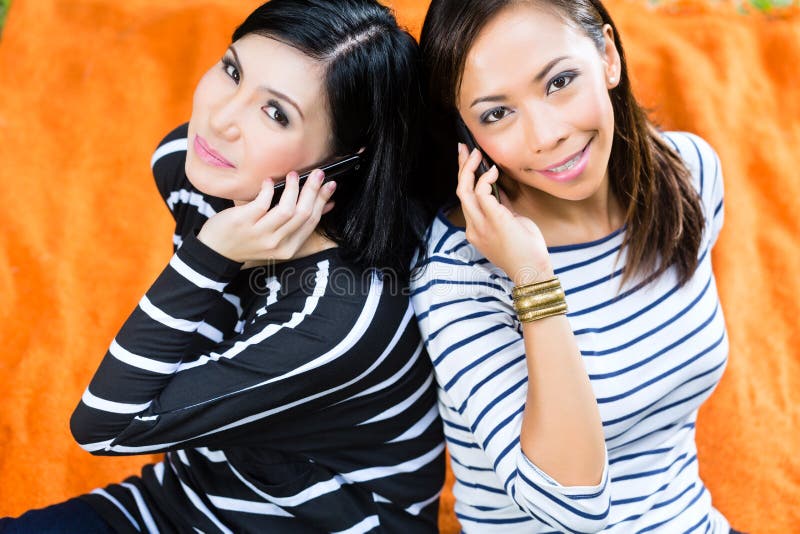Rich imagery permeates the customs that go into Asian marriage festival rituals. The ceremonies are a nod to Asian culture's deeply ingrained beliefs https://asianbrides.org that the union of couples should be honored by their families and by the universe. These ceremonies range from the wedding hairdressing and capping ceremonies for the bride to the otoshigami, where the groom blocks himself with his family and friends. The tea ceremony also involves the couple serving their parents, grandparents, and other elders and receiving red envelopes ( or hong bao ) filled with money or jewelry.
On the day of their wedding, it is customary in Chinese celebrations to honor one's predecessors and gods. This entails changing into new clothes and taking a plantain leaf shower to lift ghosts. The vicar's relatives is then expected to organize 12 gifts for their daughter-to-be, including marriage cookies, standard Chinese bread, a bamboo utensil set, candles and firecrackers, silver jewelry https://www.cnn.com/2016/03/14/living/okcupid-womens-research-feat/index.html, and cash.
Generally, a parade travels from the groom's residence to the bride in the Japanese bride meeting. Visitors will take lanterns and banners, ring gongs to ward off evil spirits, and light a fire made from the sacred sakaki tree's branches. A short poem that teaches newlyweds spiritual values for married life is then read by a miko, or adult aide of the pastor.

The few bows to the couple's grandparents and the shrine angels after giving two handclaps. A few days later, the bride bows down in front of her father's parents and parents and offers them tea with two red times or two flower seedlings as a sign of respect.
